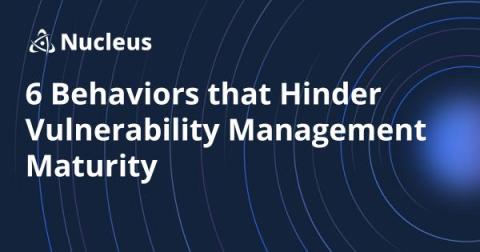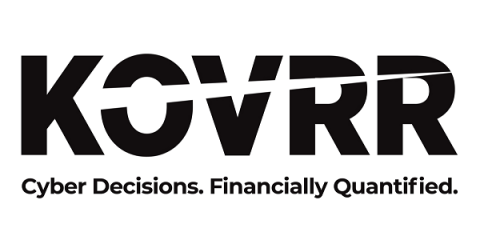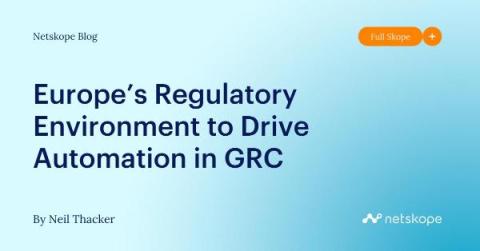SecurityScorecard Returns to the World Economic Forum's Annual Meeting: Our Top 5 Insights
Last week, SecurityScorecard was invited back to participate in the World Economic Forum’s Annual Meeting in Davos, Switzerland. It was a tremendous honor and, once again, we were the only security ratings company present (and one of the few cybersecurity companies). Our team spent the week with a dynamic mix of tech innovators, thought leaders, and heads of state, discussing some of the world’s most pressing political, societal, and economic challenges.








